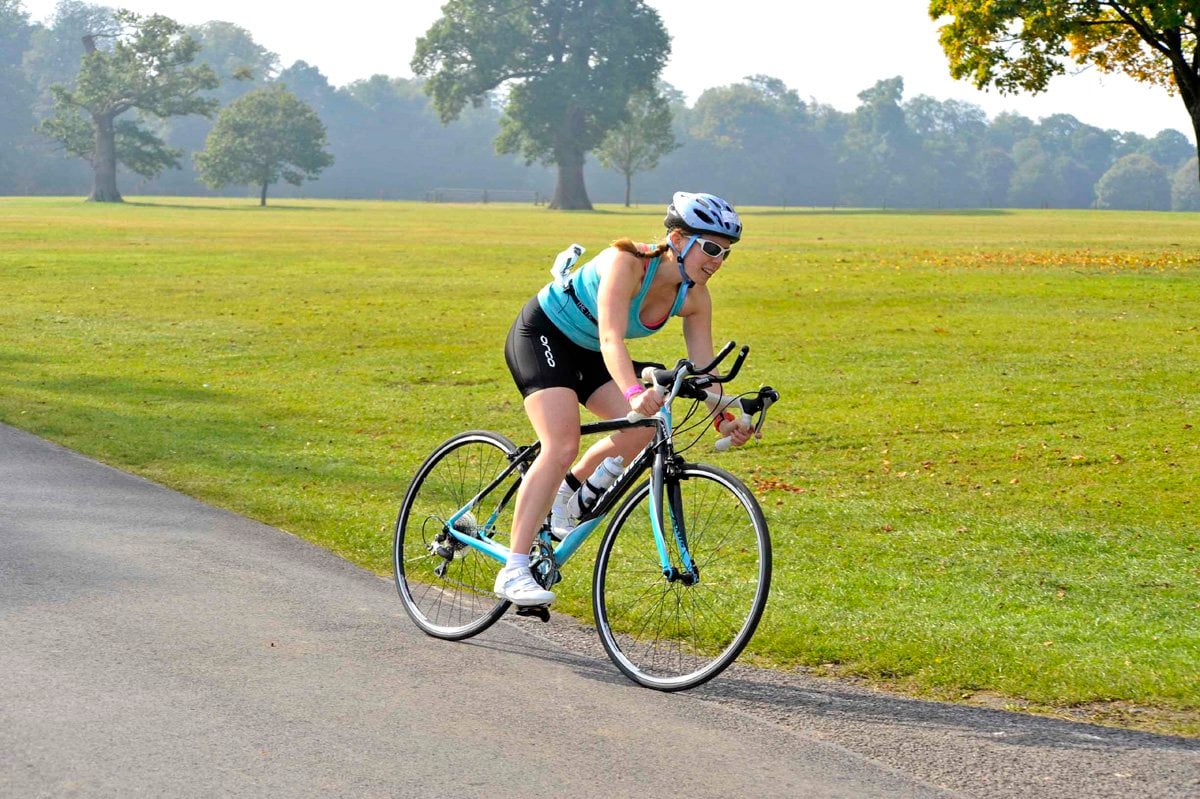How can you stay positive when you can’t run, and what can you learn from running injuries?
Whether you are new to trail running or an experienced runner, the chances are that you have experienced some form of running injury – whether that’s from over-training (such as those affecting your feet, shins and knees such as shin splints, ITB or blister pain) or from falling over and spraining your ankle, running injuries suck, and it can be highly frustrating when you can’t do what you love because of an injury.
This post shares real-world advice on how to stay motivated when you can’t run, and other training alternatives that can help you keep a positive mindset and stay (or get) fit ready for when you can get running again.
Learning And Recovering From Common Running Injuries
Having the odd injury seems to be par for the course when you’re a runner. Over the years since starting running, I’ve suffered, and learned, from having:
- shin splints
- Blisters on my feet
- ITB (or IT Band) Knee Pain
- An aching lower back
- foot arch pain (Plantar Fasciitis)
- Achilles Bursitis…
- and MORE!
So each time I had an injury, I learned a huge amount, from speaking to other runners, physios, sports massage therapists and consulting google. I read up on the possible causes of the injury, the parts of my anatomy affected, and the mechanics of running, how the tendons and muscles work, the forces involved. So for each injury, there was a solution – both to rehabilitate from the injury, but equally importantly – to reduce the likelihood of it recurring.
What did all of these running injuries have in common? They are all:
- Described frequently as ‘Running Overuse Injuries’
- Commonly caused by weaknesses, muscle imbalances and POOR RUNNING FORM.
The good news about all of this is that if the cause of your running injuries is likely to be poor running form and weaknesses in certain parts of your body that allow your form and posture to suffer when you run, then there is a lot you can do to improve your running form and fitness while you are recovering from the running injury that put you out of action!
Let me give you an example…
I used to suffer from bad running blisters on my feet, that were caused by poor biomechanics when I ran, but I was able to work on some core and leg strength exercises to improve my running form – even though my blisters were so bad that I couldn’t wear shoes for days!
So despite spending several days hobbling around with no shoes on, I stopped getting the running-related blisters because I put in the strength training work (shoeless) and improved my form, so when I could wear shoes once more, I was able to run blister-free! (For a more detailed explanation of what I did, read this post).
In summary: What I learned has undoubtedly made me more aware of my biomechanics, and I actively focus on how I am running, and my form, when training and racing – and that includes putting in the strength training work as well as running training.
How to Stay Motivated When You Can’t Run
Depending on what running injuries you are suffering from, there may be many other ways to direct your focus and need for training into another sport or type of workout. I’ve found this the best way to stay motivated when you can’t run.
I also like the saying, ‘Stay Hungry, Not Angry!’. This is a saying you can quote me on because I believe I made it up!!
The saying helps remind me to stay ‘hungry’ and motivated for my ultimate goal, whether that’s a running achievement or a race I want to sign up for when I’m recovered from my injury. This helps with my mental health when I’m feeling low as the result of not being able to run or get my running-related endorphin fix, because I’m focusing on the bigger picture rather than being bitter, frustrated or – yes – angry at the situation.
To help with the motivation when I’ve been out of running action for some weeks with injuries, I’ve sought other ways to keep fit, such as cycling, swimming, strength, and other gym-based cardio workouts. These activities can also help balance out tightness or injury-causing form issues, and give you that cardio workout you may be craving, as a substitute for running.
Another example…
I used to get ITB pain, without fail, when running over about 15k, particularly when running on roads, as the pavement-pounding can be repetitive, hitting the body in the same way with each foot strike (another reason why I prefer trails!). A mixed workout programme of lunges, squats, leg lifts and other similar drills focused on legs and glutes meant that I trained myself out of getting ITB pain- although it can recur when I get tired or lazy.
A great programme to follow to rehab from ITB issues can be found here: How to Stop IT Band Pain while Running: Exercises That Actually Work.
Next time you’re put out of action by running injuries, don’t just focus on overcoming the immediate problem. Focus on learning why it happened in the first place, what you can do to stop it happening again.
By thinking of it as a learning process, injuries have the potential to make you a more well-balanced and stronger runner when you come out the other side.





